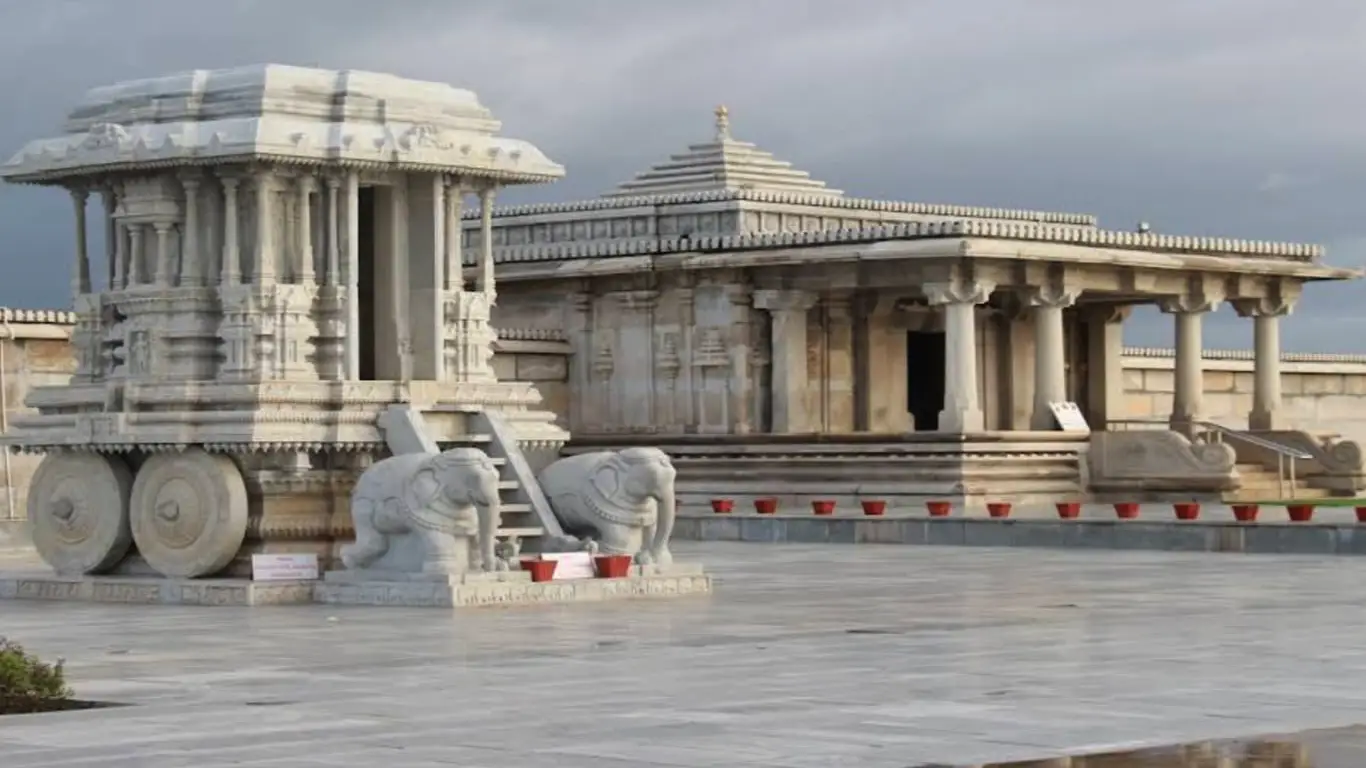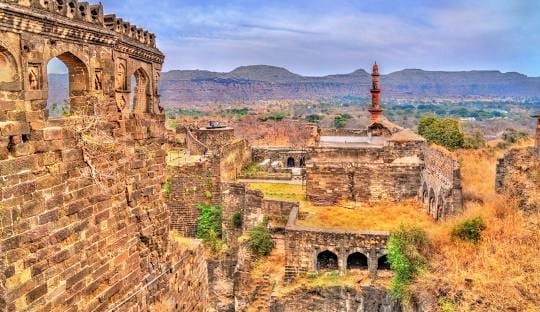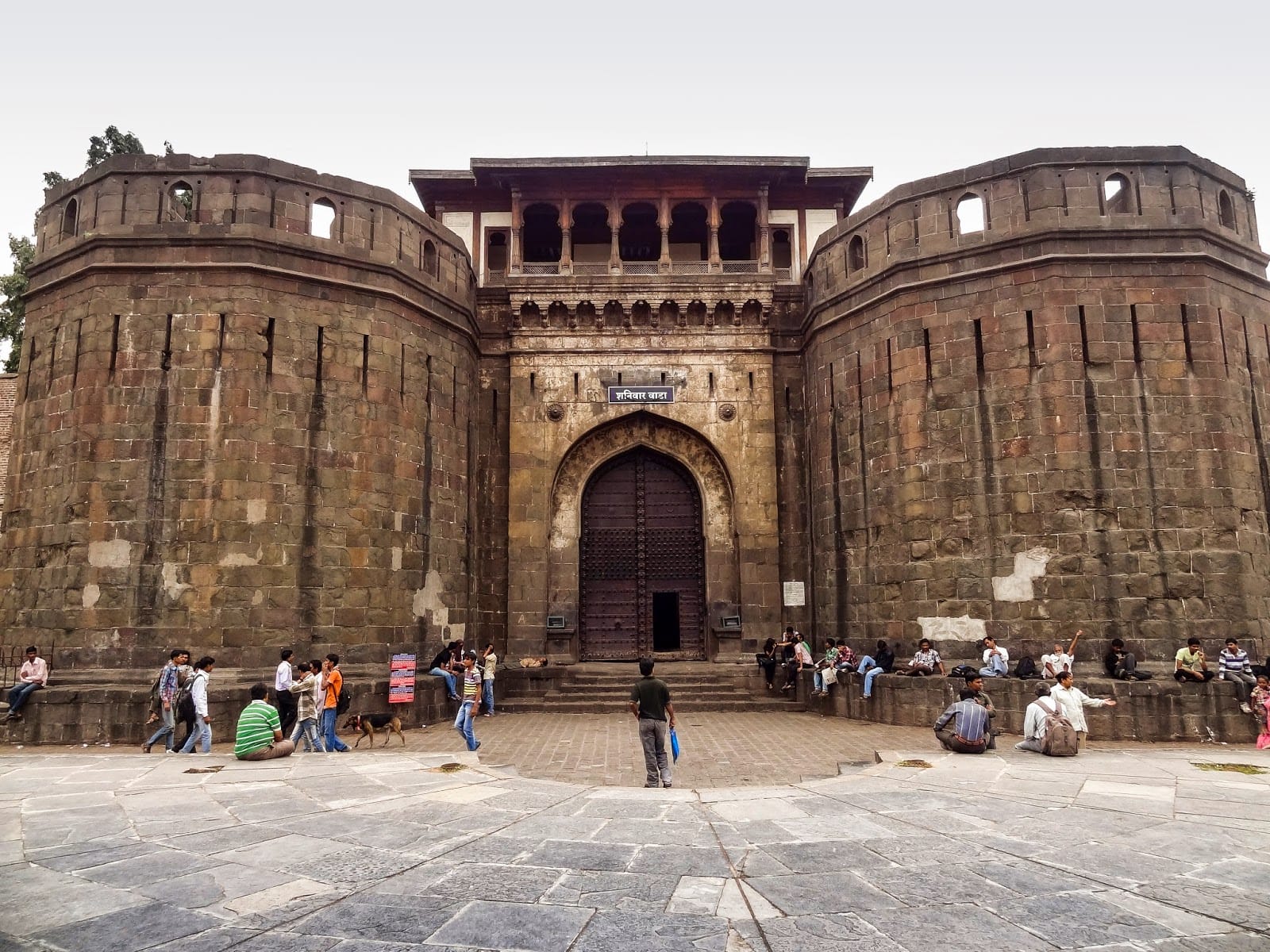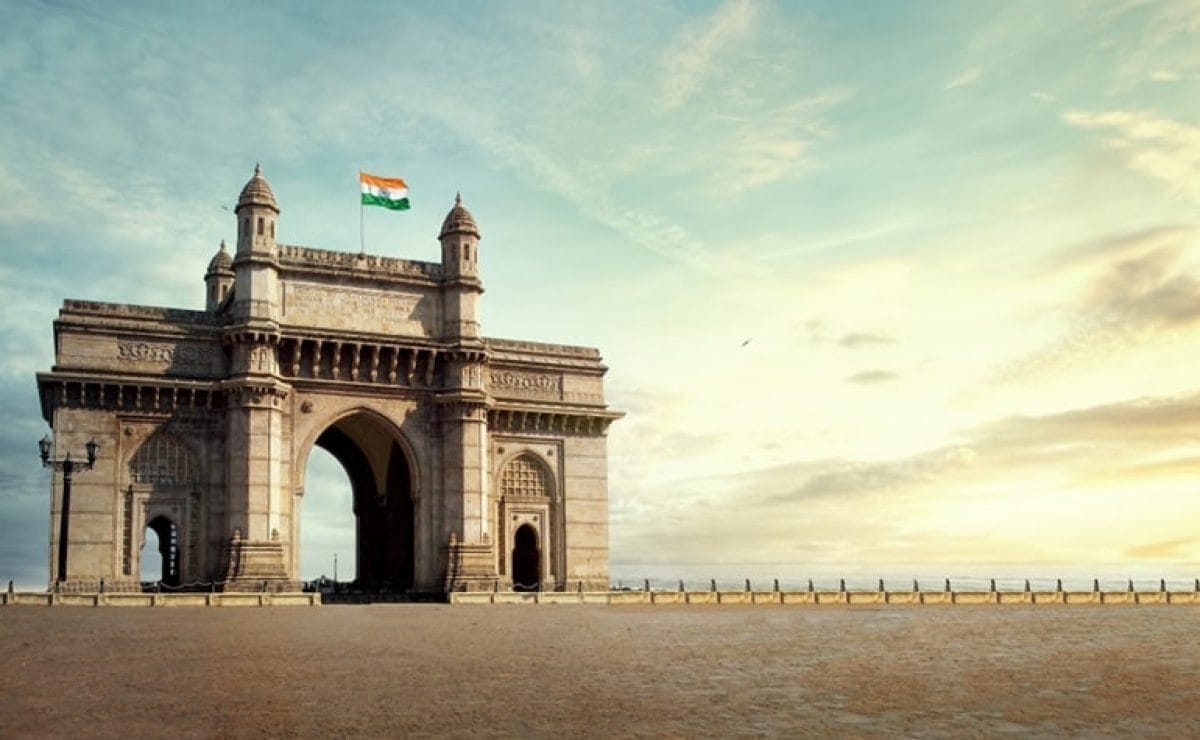
The Amarnath Yatra is one of the most revered and significant pilgrimages for Hindus, attracting millions of devotees each year to the sacred Amarnath Cave, located in the Lidder Valley of Jammu and Kashmir, India. The cave is perched at an altitude of 3,888 meters (12,756 feet) in the Himalayas and is renowned for housing the naturally occurring Shivalinga—a stalagmite formation that represents Lord Shiva. This pilgrimage holds immense spiritual importance and is regarded as one of the holiest shrines in Hinduism.
Key Highlights of the Amarnath Yatra:
- Location: Amarnath Cave, Pahalgam, Jammu & Kashmir
- Altitude: 3,888 meters (12,756 feet)
- Best Time to Visit: July and August (during the 45-day Yatra period)
- Significance: Sacred pilgrimage to worship Lord Shiva, culminating at the Shivalinga.
- Access Routes: Two major routes—the traditional Pahalgam route (46 km) and the shorter but steeper Baltal route (14 km).
The Story of Amarnath
The story of Amarnath is deeply entwined with the mythology of Lord Shiva, symbolizing immortality and the secrets of the universe. According to legend:
Lord Shiva and the Secret of Immortality
It is said that Lord Shiva, in an effort to reveal the secret of immortality (Amar Katha) to his divine consort Goddess Parvati, chose the remote location of the Amarnath Cave. This secluded cave was deemed the perfect spot where no living being could overhear the sacred knowledge. To ensure absolute privacy, Shiva left behind all his companions, including Nandi the bull, the moon from his hair, and even his serpent Vasuki. He also performed the “Tandav,” the celestial dance of destruction, along the way.
On reaching the cave, Lord Shiva began narrating the secret of eternal life to Parvati. Unbeknownst to them, a pair of doves overheard the conversation. These doves are believed to have become immortal themselves and are often spotted near the cave, reinforcing the legend of the Amar Katha.
Importance of the Shivalinga
The natural formation of the ice Shivalinga is considered miraculous and is the central attraction for pilgrims. The Shivalinga is believed to wax and wane with the phases of the moon, further adding to its mystique. For Hindus, this phenomenon holds deep spiritual meaning as it represents the eternal cycle of creation and destruction governed by Lord Shiva.
Yatra Routes and Travel Information

1. Pahalgam Route (Traditional Route)
- Total Distance: 46 km (from Chandanwari)
- Duration: 4-5 days of trekking
- Route Highlights: Starts from Pahalgam, passing through Chandanwari, Sheshnag, and Panchtarni before reaching the Amarnath Cave.
- Difficulty: Moderate, suitable for most pilgrims with reasonable fitness levels.
2. Baltal Route (Shorter Route)
- Total Distance: 14 km
- Duration: 1-2 days of trekking
- Route Highlights: Begins from Baltal and offers a shorter yet more challenging climb.
- Difficulty: Difficult, due to the steep incline, but it is faster for those seeking a shorter trek.
Helicopter Services: For pilgrims unable to trek, helicopter services are available from Baltal and Pahalgam to Panchtarni, from where the cave is just 6 km away.
How to Prepare for the Amarnath Yatra
- Registration: Pilgrims must register for the Yatra through the Shri Amarnath Shrine Board (SASB). Registration can be done online or at designated banks.
- Health Requirements: A compulsory health certificate from an authorized medical practitioner is required, as the trek involves high altitudes and strenuous conditions.
- Fitness: Pilgrims are advised to undergo physical fitness training, including breathing exercises, to prepare for the high-altitude trek.
- Essentials: Carry warm clothes, sturdy trekking shoes, rain gear, and first-aid kits. Weather conditions can change abruptly in the mountains, so proper gear is essential.
Best Time to Undertake the Amarnath Yatra
The Amarnath Yatra typically takes place during the months of July and August, coinciding with the Shravan month, a period considered highly auspicious in the Hindu calendar. This is also when the ice Shivalinga is at its fullest.
Tips for a Successful Yatra
- Acclimatization: Spend at least one day acclimatizing at Pahalgam or Baltal to avoid altitude sickness.
- Hydration: Drink plenty of water and stay hydrated throughout the journey.
- Travel Light: Pack only the essentials, as carrying heavy luggage can make the trek more challenging.
- Safety: Follow the guidelines issued by the Shri Amarnath Shrine Board and the local authorities for a safe pilgrimage.
The Amarnath Yatra is more than just a physical trek; it is a journey of devotion, testing pilgrims’ faith and endurance. Completing this pilgrimage offers a profound sense of spiritual fulfillment and connection to the divine.














